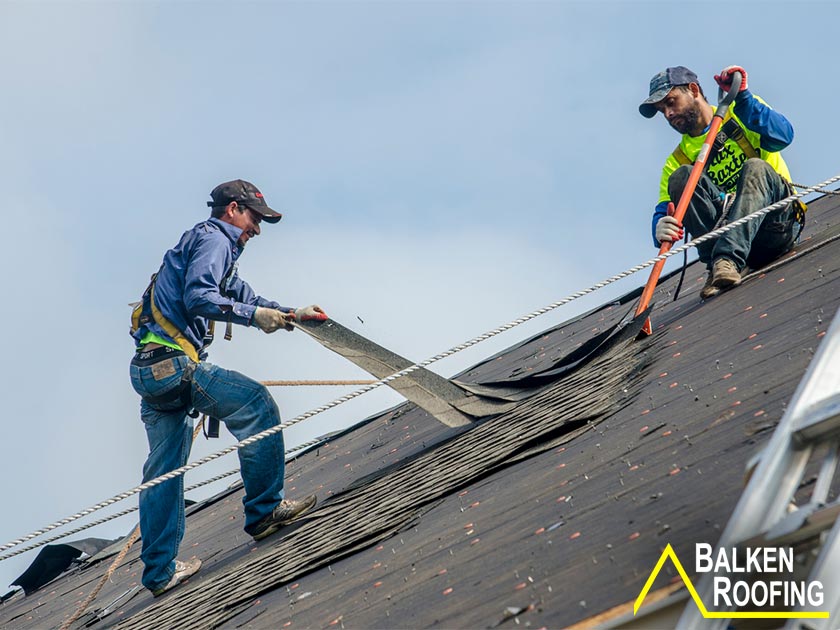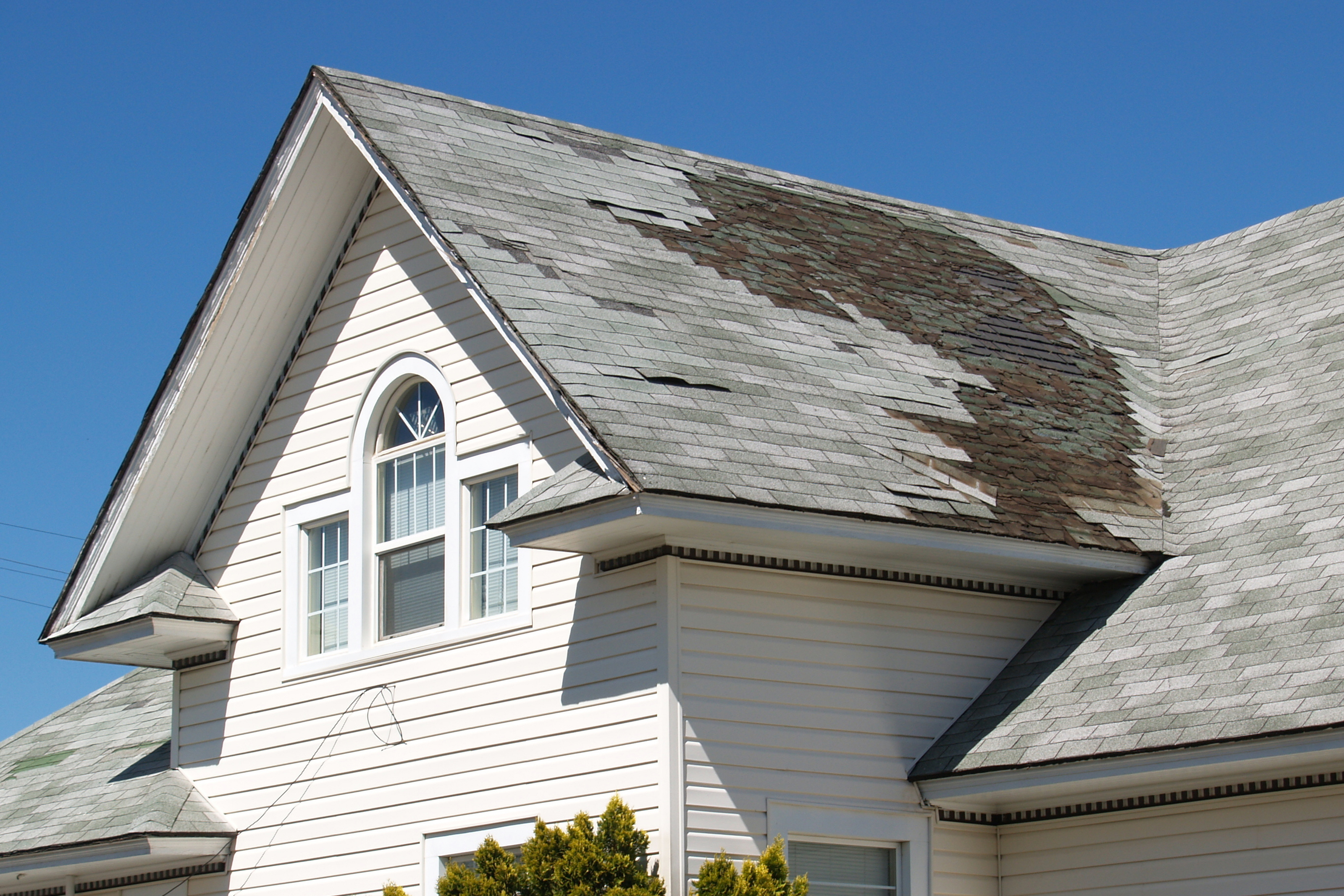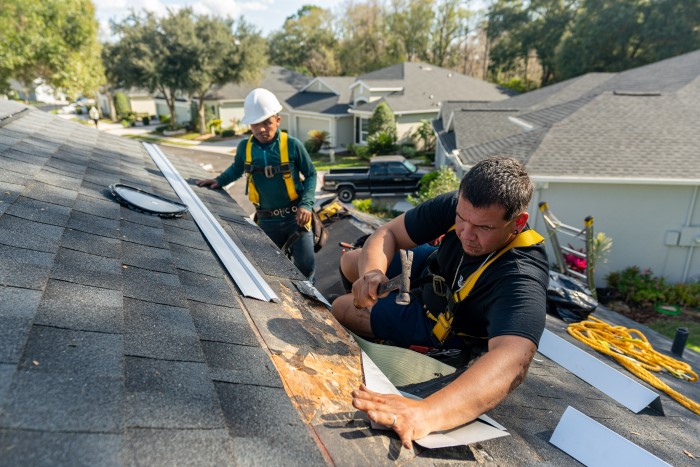The Roof Substitute Refine: What to Get out of Begin to Complete
Understanding the roof substitute procedure is essential for homeowners considering this significant financial investment. Each stage, from the preliminary assessment of your roofing's condition to the meticulous installation of brand-new products, plays a crucial role in making sure long-term sturdiness and performance.
Evaluating Your Roofing Problem
Assessing your roof covering problem is a crucial step in the roofing replacement procedure, as it figures out the essential activities to ensure architectural stability and long life. A thorough examination begins with an aesthetic evaluation, where indicators of wear, damage, or deterioration are determined. Look for missing out on tiles, curling sides, or granule loss, as these suggest prospective susceptabilities. Furthermore, look for leaks or water stains on interior ceilings and walls, which can signify underlying problems.
It is also vital to analyze the roof covering's flashing and seamless gutters, as these components play an essential duty in directing water away from the roofing and protecting against wetness buildup. Any kind of rusted or damaged flashing ought to be kept in mind, as it might need repair work or replacement - roof replacement. Consider the age of the roof; most roof materials have a life-span that, when exceeded, warrants replacement.
Choosing Replacement Materials
Picking the best materials for your roofing system substitute is vital to accomplishing toughness, aesthetic appeals, and energy performance. The choice of roofing products can considerably impact the life expectancy of your roofing system, as well as its performance under various climate condition. Usual choices consist of asphalt roof shingles, steel roofing, floor tile, and slate, each offering distinct benefits and drawbacks.
Asphalt shingles are popular because of their cost and versatility, available in a variety of colors and styles. Metal roof, known for its durability and resistance to extreme weather condition, can also boost energy performance through reflective properties. Tile roofing systems supply a traditional look and are exceptionally sturdy, however they can be heavier and a lot more expensive. Slate uses an elegant appearance and exceptional resilience however comes with a greater preliminary financial investment.
When choosing materials, take into consideration factors such as environment, constructing codes, and your spending plan. Furthermore, think regarding the ecological impact of your options; numerous suppliers now use environment-friendly alternatives. Eventually, the right roof covering product will not only secure your home but likewise match its architectural design, guaranteeing that your financial investment stands the examination of time.

Hiring a Professional Roofer
Once you have actually identified the suitable products for your roofing substitute, the next critical action entails working with a certified professional roofer. Choosing the best contractor is vital to guarantee that the setup is completed safely, successfully, and in conformity with local building codes.
Begin by looking for recommendations from close friends, family members, or next-door neighbors who have actually just recently undertaken roofing replacements. roof replacement. On-line evaluations and scores can also give important insights into a service provider's track record. As soon as you have a shortlist, confirm each service provider's qualifications, consisting of licensing, insurance coverage, and any type of appropriate certifications
Schedule at home price quotes to assess the scope of work and obtain expense estimates. Throughout these consultations, inquire about their experience with your selected products and request recommendations from previous clients. A reputable service provider should be transparent concerning their process, timelines, and service warranties.
Furthermore, make certain that the service provider gives a written contract outlining all job information, including settlement routines and completion timelines. This action not only protects you however additionally establishes clear expectations. By carrying out extensive study and due diligence, you'll be well-equipped to select a professional that satisfies your needs and delivers top quality craftsmanship.

The Setup Refine
The installation procedure of a roofing system replacement is an essential phase that calls for mindful implementation and knowledgeable workmanship. This stage typically begins with the elimination of the existing roof covering materials. Roof specialists will certainly make sure that all old roof shingles, underlayment, and blinking are completely removed to expose the roof covering deck, permitting a thorough assessment for any type of underlying damages.
Once the deck is analyzed and fixed if necessary, the installation of the brand-new roofing system can begin. The process begins with the application of a waterproof underlayment, which acts as a barrier versus moisture infiltration. Following this, the new roof shingles or roof products are set up according to the producer's requirements and local building regulations. Focus to information is paramount throughout this stage, as correct positioning and safe and secure fastening are important for the roof's durability and performance.
In addition, the installment of air flow systems and blinking around chimneys, vents, and various other outcroppings is vital to make certain optimum air flow and protect against leakages. The job ends with a thorough cleaning of the work website, leaving the house owner with a quality roofing system that offers defense and peace of mind for years to come.
Post-Replacement Treatment
Post-replacement care is necessary to making sure the durability and performance of a recently set up roof. After roofer the installation process is full, homeowners should take certain steps to keep their roof's stability and functionality.

Secondly, routine cleaning is important. Maintaining rain gutters and downspouts devoid of particles will make sure appropriate water drainage, preventing water damages and mold and mildew development.
Additionally, it is a good idea to cut overhanging branches to decrease the danger of physical damage and protect against fallen leaves from gathering on the roofing.
Final Thought
In final thought, the roofing replacement process entails numerous critical phases, including analyzing the roofing's problem, selecting proper materials, hiring a qualified service provider, and carrying out the installation with care. Focus to detail during installation, such as making sure correct air flow and flashing, substantially impacts the roof's performance and long life.